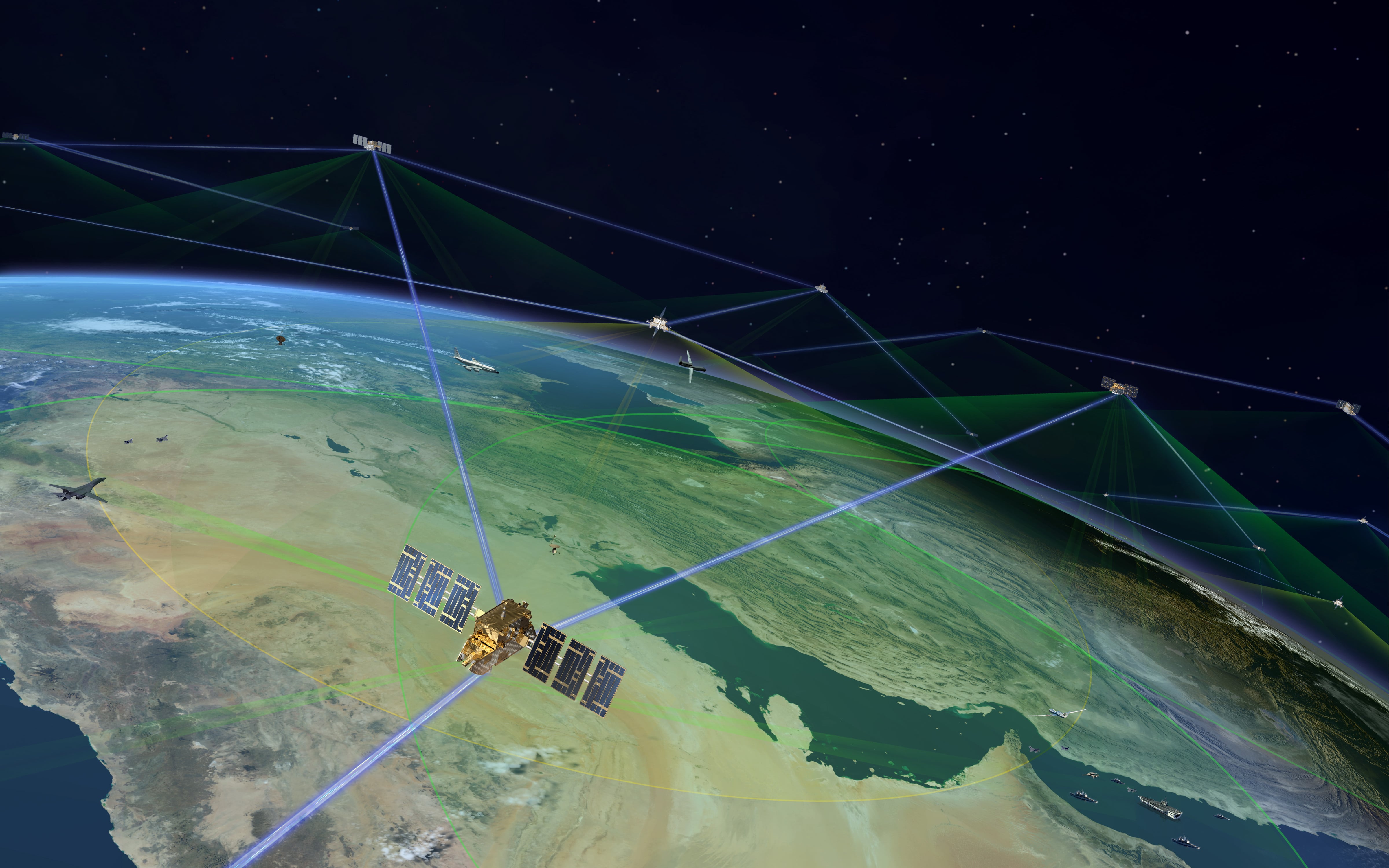The Space Force’s fiscal 2026 budget request proposes stalling plans to buy a third batch of communication satellites through the Space Development Agency as it weighs whether an existing constellation, largely dominated by SpaceX, is better suited for the mission.
Chief of Space Operations Gen. Chance Saltzman confirmed the pause in a congressional hearing Thursday, telling senate appropriators the service is studying “other avenues” to use small, commercial satellites flying in low orbits to provide low-latency communications to troops on the ground.
“We are simply looking at alternatives as we look to the future as to what’s the best way to scale this up to the larger requirements for data transport,” he said.
The alternative the service is considering is a largely secretive and little-known program called MILNET, a space data network that could eventually include nearly 500 satellites. SpaceX’s Starshield, a business unit that builds a military version of its Starlink spacecraft, is on contract for the effort, providing satellites, terminals and operations support.
Meanwhile, SDA’s transport layer is the service’s flagship effort to prove that a large constellation of small satellites — built by multiple companies selected competitively — can meet the military’s tactical SATCOM needs.
SDA has 19 transport satellites in orbit and is on track to launch another 126 spacecraft as part of the program’s next phase, dubbed Tranche 1, beginning late this summer. Another 182 spacecraft are on contract, and the agency had planned to buy Tranche 3 satellites in 2026.
Senators raised concerns Thursday about MILNET’s dependency on SpaceX satellites and the potential that it could undermine the competitive environment and open architecture SDA has cultivated through its transport layer.
Sen. Chris Coons, D-Del., claimed that MILNET has “no competition, no open architecture, no leveraging a dynamic space ecosystem.”
Saltzman and Air Force Secretary Troy Meink noted that while the service is pausing future buys of SDA transport satellites as it evaluates its path forward, it hasn’t made any firm decisions beyond that. Other elements of the program, they said, would move forward as planned.
Meink added that MILNET is not tied to a single system or acquisition approach.
“How we field that going forward into the future is something that’s still under consideration, and we will look into the acquisition of that,” he said.
The service’s budget request includes $277 million for MILNET — the first time the program appears in its public facing funding proposal — but it’s not clear what that would fund.
The Space Force didn’t immediately provide clarification on the analysis it’s conducting and its role on MILNET to date. And while it released some information Thursday on its fiscal 2026 budget request, it has yet to publish more detailed funding documents that could provide more insight into the effort.
Courtney Albon is C4ISRNET’s space and emerging technology reporter. She has covered the U.S. military since 2012, with a focus on the Air Force and Space Force. She has reported on some of the Defense Department’s most significant acquisition, budget and policy challenges.








